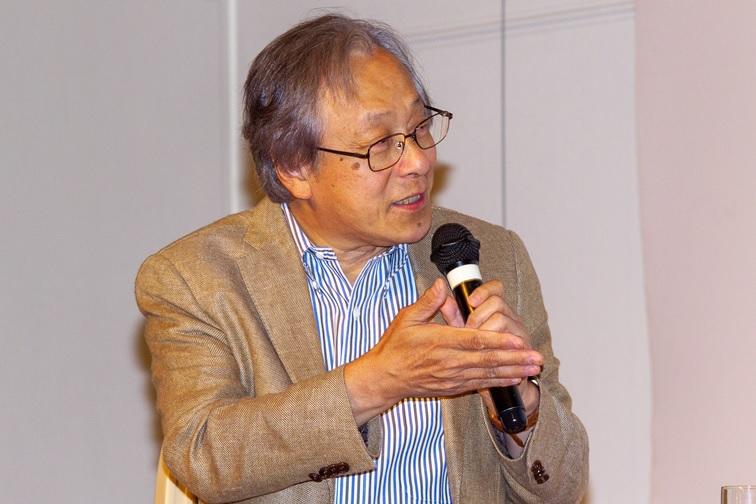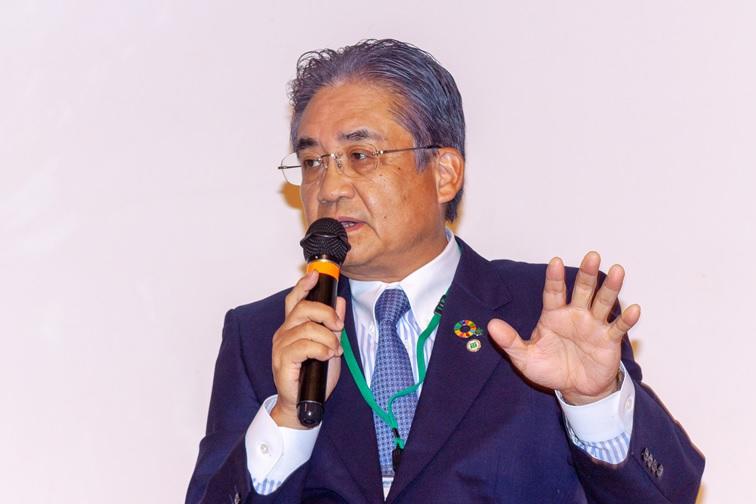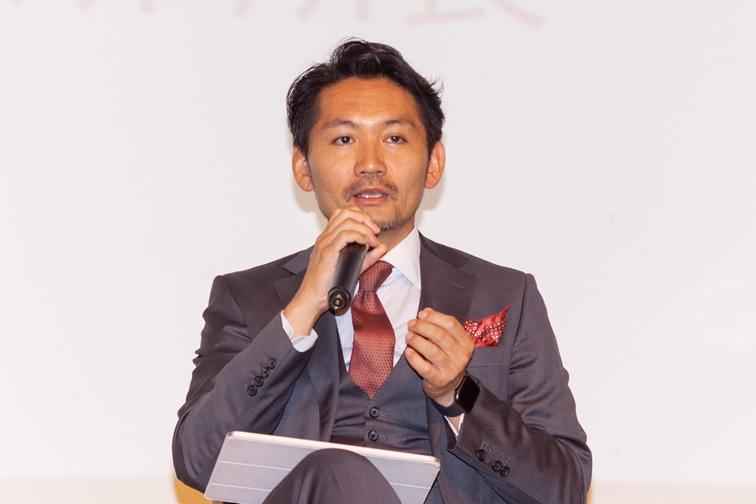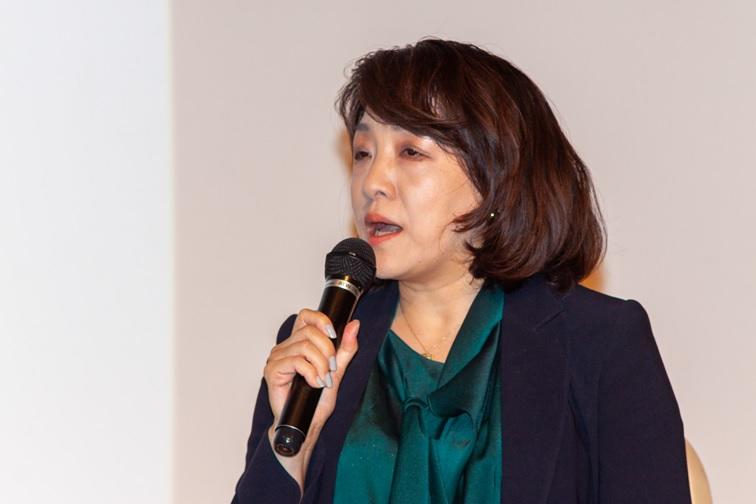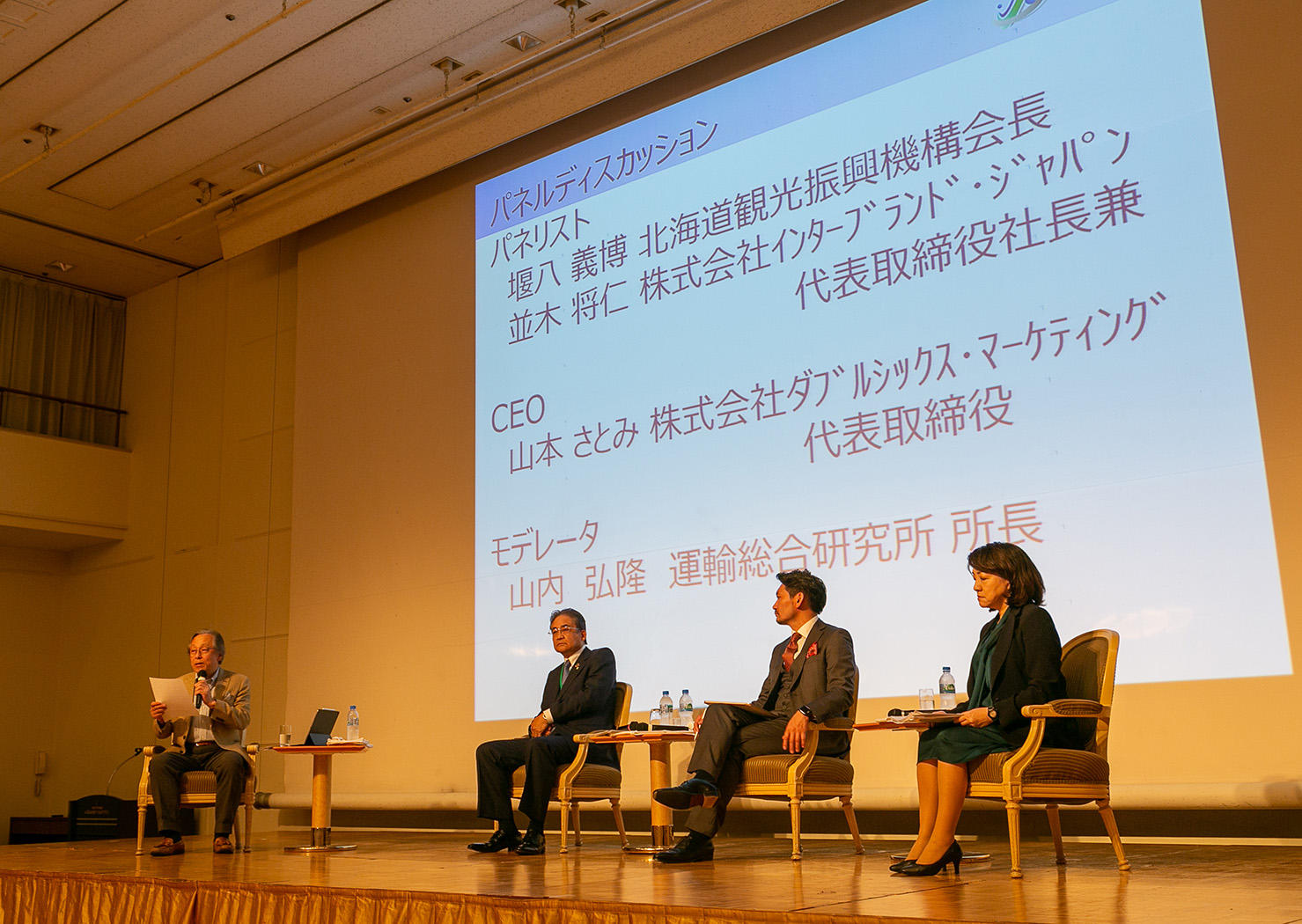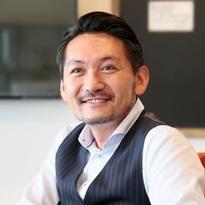【JTTRI Special Lecture】Tourism・Branding Symposium in Hokkaido ~ Talking about the Future of Hokkaido Toward 2030 ~
- Tourism
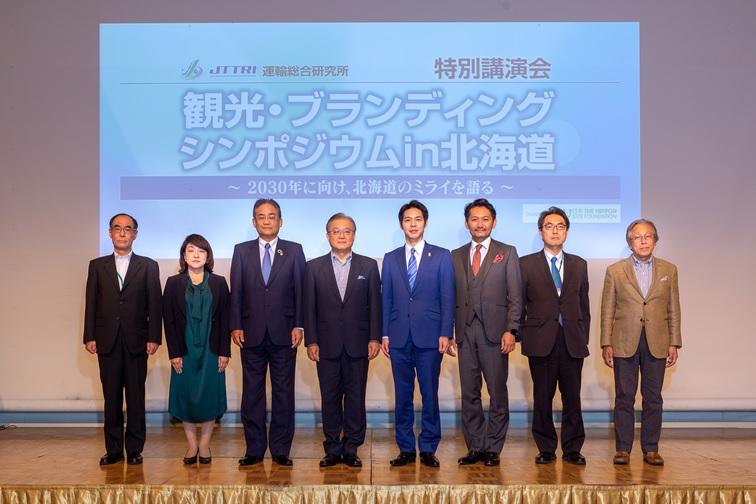

| Organizer | Japan Transport and Tourist Research Institute (JTTRI) |
|---|---|
| Sponsorship | Cooperation: Hokkaido District Transport Bureau, Hokkaido Regional Development Bureau, Hokkaido Bureau of Economy, Trade and Industry, Hokkaido Government, City of Sapporo, Hokkaido Economic Federation, The Federation of Hokkaido Chamber of Commerce and Industry, Hokkaido Association of Corporate Executives, Hokkaido Tourism Organization, Sapporo International Communication Plaza Foundation, Hokkaido Railway Company Sponsorship: Nihon Keizai Shimbunsha, The Hokkaido Shimbun Press, Jiji Press, Ltd., Kankokeizai News Corporation |
| Date / Time | Fri, Aug 09,2019 13:00~17:00 |
| Venue | Grand Hall, SAPPORO GRAND HOTEL (North 1, West 4, Chuo-ku, Sapporo, Hokkaido) |
| Theme | Tourism・Branding Symposium in Hokkaido ~Talking about the Future of Hokkaido Toward 2030~ |
| Lecturer | Keynote Speech: “Why is “Branding” now?” Masahito Namiki, President and Chief Executive Officer, Interbrand Japan “What is branding for a destination that can attract customers?” -Based on the cases of Disney Resorts and overseas DMOs- Satomi Yamamoto, Chief Executive Officer, Double Six Marketing Co., Ltd. Part-time lecturer, Tokyo Seitoku University Panel Discussion: Moderator:Hirotaka Yamauchi, President for Research, Japan Transport and Tourism Research Institute (JTTRI) Panelists: Yoshihiro Sekihachi, Chairman, Hokkaido Tourism Organization Masahito Namiki, President and Chief Executive Officer, Interbrand Japan SaSatomi Yamamoto, Chief Executive Officer, Double Six Marketing Co., Ltd. Part-time lecturer, Tokyo Seitoku University |
Event Summary
In 2020, the government in Japan set the target for 40 million foreign tourists visiting Japan and 5 million in Hokkaido. The expansion of inbound tourism has a great impact on the society and economy of Hokkaido.
In the future, the Tokyo 2020 Olympic and Paralympic Games, and Expo 2025 Osaka, Kansai are planned, and while the world is drawing attention to Japan, here in Hokkaido, the Rugby World Cup JAPAN 2019 will be held in Sapporo in September 2019, and the G20 Tourism Ministers' Meeting will be held in Kutchan in October. Also, in order to become a mecca for experiential tourism that appeals to Europe, the United States and Australia, efforts are being made to attract the “Adventure Travel World Summit” to Hokkaido (held in autumn 2021).
Furthermore, as the Hokkaido Shinkansen extends to Sapporo and the Winter Olympic Games and Paralympic Games are being invited towards 2030, in order to make the most of Hokkaido's strengths, it is important to carry out world-class branding and disseminate it to the world as a tourism strategy with a view to the future.
In order for tourism in Hokkaido to prosper in a sustainable way rather than transiently, we welcomed the leading branding experts as lecturers with the theme of “Branding as a Tourist Destination Chosen by the World” in addition to sharing the world's most advanced trends and looked at the future of Hokkaido through tourism and branding.
Program of the seminar is as the following
| Opening Remarks |
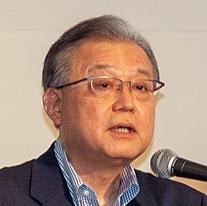
Masafumi Shukuri Remarks (Japanese) |
|---|---|
| Honorable Guest Remarks 1 |
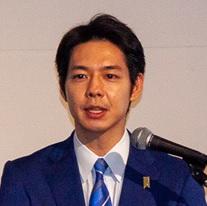
Naomichi Suzuki Remarks (Japanese) |
| Honorable Guest Remarks 2 |
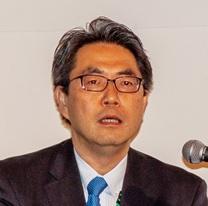
Gota Otaka Remarks (Japanese) |
| Honorable Guest Remarks 3 |
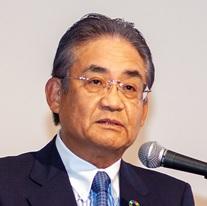
Yoshihiro Sekihachi Remarks (Japanese) |
| Lecturer | |
| Lecturer | |
| Moderator |

Hirotaka Yamauchi Bio (Japanese) |
| Panelists |
Yoshihiro Sekihachi (Honorable Guest Remarks) |
| Closing Remarks |
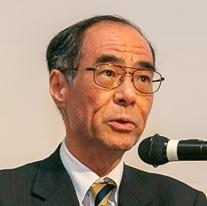
Yoshinobu Sato Remarks (Japanese) |
Outline of the seminar
The first half was keynote speeches. First, Mr. Namiki, President and Chief Executive Officer, Interbrand Japan, gave a lecture on the basics of branding based on the theme "Why is “Branding” Now?"・A “brand” is a concrete reputation established through all the touchpoints and activities. As Long as everyone can clearly think of the image, it is a
brand. A brand is a living business asset.
・The most important thing is “how to set promise from the customer's perspective.” Brand changes behavior. Speaking of countries, for example, if there
is a clear image of the Japan brand, the behavior changes such as “Let's go to Japan” and “Let's invest” will be brought about. However, unless it is
clear what Japan promise, it ends up with an abstract image and does not lead to behavior changes.
・Even if the “promise” can be decided, the brand cannot be realized without “experience”.
Promise is important, but unless we can realize how the recipient feels, it will be a desk theory.
・Regarding “Why Destination Branding is necessary”, for example, Destination Branding is necessary so that people can intuitively decide which country
is better to move with children.
・In Destination Branding, the three elements (a logo, first-hand experience (visiting the land), and a clear location (map-based knowledge)) required for
business branding are not necessarily required. For example, everyone can imagine Silicon Valley, but there is no logo. The image of Las Vegas
comes to mind even if everyone does not have a real experience (visit). Even though it is unknown where Galapagos is located, all the images come to
mind. What everyone needs is a “symbolic story.”
・In Destination Branding, both “creating the reality” and “creating the reputation” are important. For example, In Amsterdam, a company wanted to
change the reputation from the image of a coffee shop, so they created an iconic “I AMSTERDAM” signage and changed their reputation.
Next, Ms. Yamamoto, Chief Executive Officer, Double Six Marketing Co. Ltd., gave a lecture based on specific overseas cases under the theme of “What is branding for a destination that can attract customers? ‐Based on the cases of Disney resorts and overseas DMOs-”
・She reported on Disney Resort's branding strategy as an example.
・Regarding the branding of Guam, Orlando, Alaska, where she represented at the overseas offices of the Japan National Tourism Organization in
DMOs, she gave a lecture in a case study style about which parts of the branding process were focused on by the maturity of the destination and
the demand of the tourism industry.
・Orlando, Florida, USA: Branding of citizen's diplomacy by creating a DMO mechanism.
・Alaska, USA: A successful example of new development in the Japanese market (Partner choice. Co-promotion with JAL using Aurora, etc.).
・Guam, USA: PR focusing on communication (advertising and publicity).
In the second half, a panel discussion was held with Prof. Yamauchi, President for Research, JTTRI, as a moderator, along with lecturers Mr. Namiki and Ms. Yamamoto, and Mr. Sekihachi, Chairman, Hokkaido Tourism Organization, as a local representative. Moderators and panelists had active discussions on the following topics.
① Necessity of branding in Hokkaido (Why branding is necessary in Hokkaido and in the field of tourism. Difference between tourist resort branding and
object branding, etc.)
② What to do to become a world-class DMO (specific measures to become a world-level DMO (organizational system, human resources, financial
resources, KPI, etc.), actual situation of KPIs (Key Performance Indicators) in overseas DMOs, etc., utilization methods, measures for “City Pride”
to improve residents’ awareness of participation, etc.)
③ Conclusion (What is an internationally competitive and sustainable “Hokkaido brand”? What should be done to promote branding that all regions,
companies, and residents can agree with? The role of branding based on the outsourcing in one operation of 7airports in Hokkaido in the 2nd of
the Reiwa era.)
The symposium was successfully held with over 300 participants from research institutes such as universities, Hokkaido District Transport Bureau / Regional Development Bureau, local governments, tourism DMOs, tourism / transport companies, consultants, and so on.
